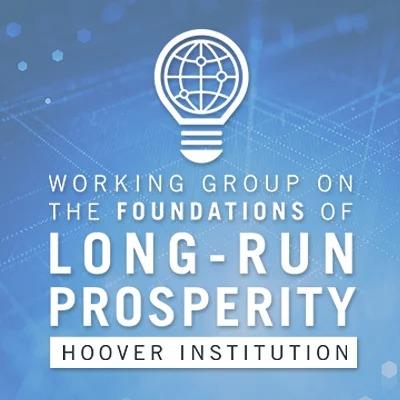Updated in June 2022
Abstract: Poor countries lack infrastructure services: 1.2 billion people have no electricity, and 1 billion live more than 2 kilometers from an all-weather road. In 2015, the World Bank initiated a surge of interest in financing this need when it claimed that rich-country private capital could close the infrastructure services gap, make money, and achieve the sustainable development goals by moving from “billions to trillions” in infrastructure investment in poor countries. This paper assesses and challenges the prevailing gap thinking by introducing an equilibrium framework that distinguishes those poor countries in which the Bank’s three-fold claim is tenable from those where it is not. The framework shows that additional investment in a poor country’s infrastructure is efficient and financeable through private rich-country savings if and only if the return on poor-country infrastructure clears two hurdles: it must exceed both the return on poor-country private capital and the return on rich-country private capital. Applying the framework to the only existing, comprehensive cross-country estimates of the social rate of return on infrastructure reveals that just 7 of 53 poor countries clear the dual hurdles in both paved roads and electricity. Where it is efficient to invest, however, the potential for excess returns is large—seven times larger than the excess returns that existed in publicly traded emerging-market stocks when foreigners were first permitted to own shares. The dual-hurdle framework thus provides a template that can be used as new data become available, to prioritize poor-country infrastructure investments that have maximum potential to drive greater global growth, equity, and sustainability.
Read the paper: The Global Infrastructure Gap: Potential, Perils, and a Framework for Distinction

















